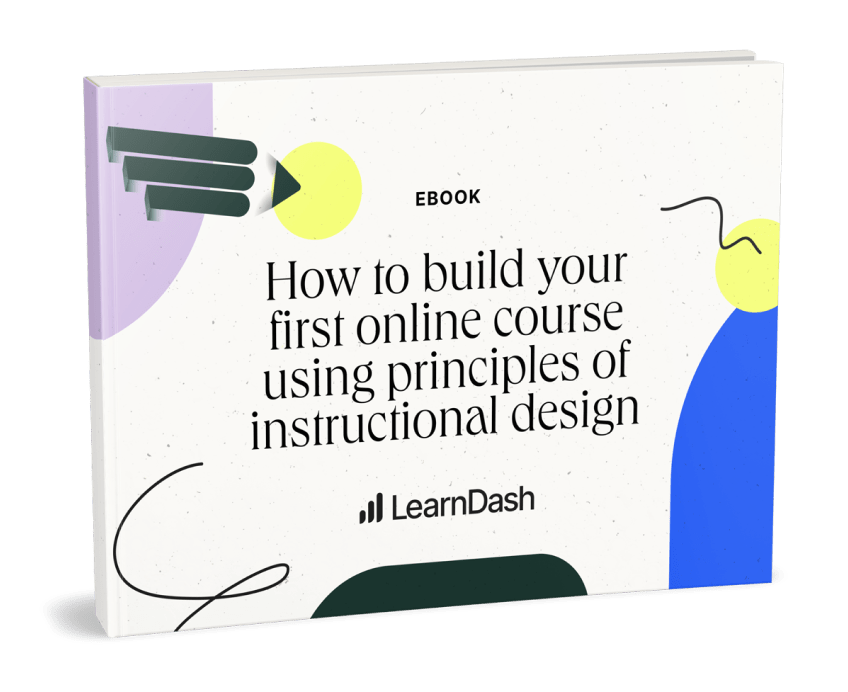
How to Decide on an Evergreen or Open/Close Launch Strategy
If you’ve created a course, or dreamed of launching your own course series, you’ve probably thought about your launch strategy. Do you imagine a huge event and a limited release? Or, are you considering an evergreen course that will always be available?
Which to use? Which is best?
There’s a lot to consider when deciding to go evergreen or open/close on your launch strategy. We’ll break down what you need to consider for each strategy based on three factors: the marketing effort, the income potential, and the learner experience.
Marketing Effort
The marketing strategy for an open/close launch requires urgency and scarcity. Scarcity can happen naturally: say there are 100 open seats in your course. This automatically creates a sense of urgency. Your marketing material can focus on acting fast or early bird deals. Keep in mind most people buy either on the first or the last day, so plan big for those two days.
The launch-style approach is a good fit for folks who are comfortable with short release windows and doing a decent amount of work upfront to prepare. Also, if marketing is not your strong suit, a launch model is quick and short. Most of your effort will rely on awareness of deadline and urgency to register.
On the other hand, an evergreen approach requires ongoing promotion. There’s no big pressure at any given time to drive sales and make your course feel scarce. In fact, you could step away for a few days and not fear that your entire business would fall apart. However, you’ll always be thinking of ways to make sure your course is getting in front of your audience. This may require more strategy and tactical marketing campaigns with ongoing initiatives.
Potential Income
An open/close launch strategy wil provide an initial surge of money right around launch. A rush of registrations in a two week period may provide all the funding you’ll need for months. However, this requires a close eye on budgets and predictive models to ensure you’re making back what you’ve spent on the planning, execution, and marketing of the course.
This launch style is can often be inconsistent or unpredictable. If you hammer your email list every other month with a new launch, for example, it could create launch fatigue and shrink your list.
Evergreen courses can bring in passive income without much work. If marketed appropriately, folks can find your course at any time and enroll, as long as your course content is continually useful to your audience segment. You’ll see money coming in each month steadily, but perhaps not in lump sums like an open/close model. In an evergreen launch, there’s no feast / famine dynamic.
Learner Experience
An open/clouse launch style is often a more hands-on course. Typically, open/close launch courses run at fixed periods and may be more likely to have harder deadlines and due dates. There will likely be more of a sense of a cohort and higher levels of interaction. This can help increase student success and completion rates.
Evergreen courses are typically self-paced, requiring learners to depend on their own motivation to finish. For example, if you have an employee training course that can be taken anytime, it makes perfect sense to forgo an open/close type of launch and keep the course open consistently.
How to Decide Your Launch Strategy
Consider each variable: learner experience, potential earnings, and marketing effort. Your decisions in each of these categories will likely sway you in a certain direction.
If you can justify answers for both models, then try both! Start with an open/close launch a few times, then transition into an evergreen approach as your content continues to prove its value over time. This method allows you to sort through issues and improve your course along the way until you’re ready to go evergreen.
No matter which method you decide, LearnDash works well with evergreen or open/close courses. Experiment with both launch types by exploring the LearnDash demo both as a learner and a course creator.

Rachel Kolman
@LearnDashLMS







